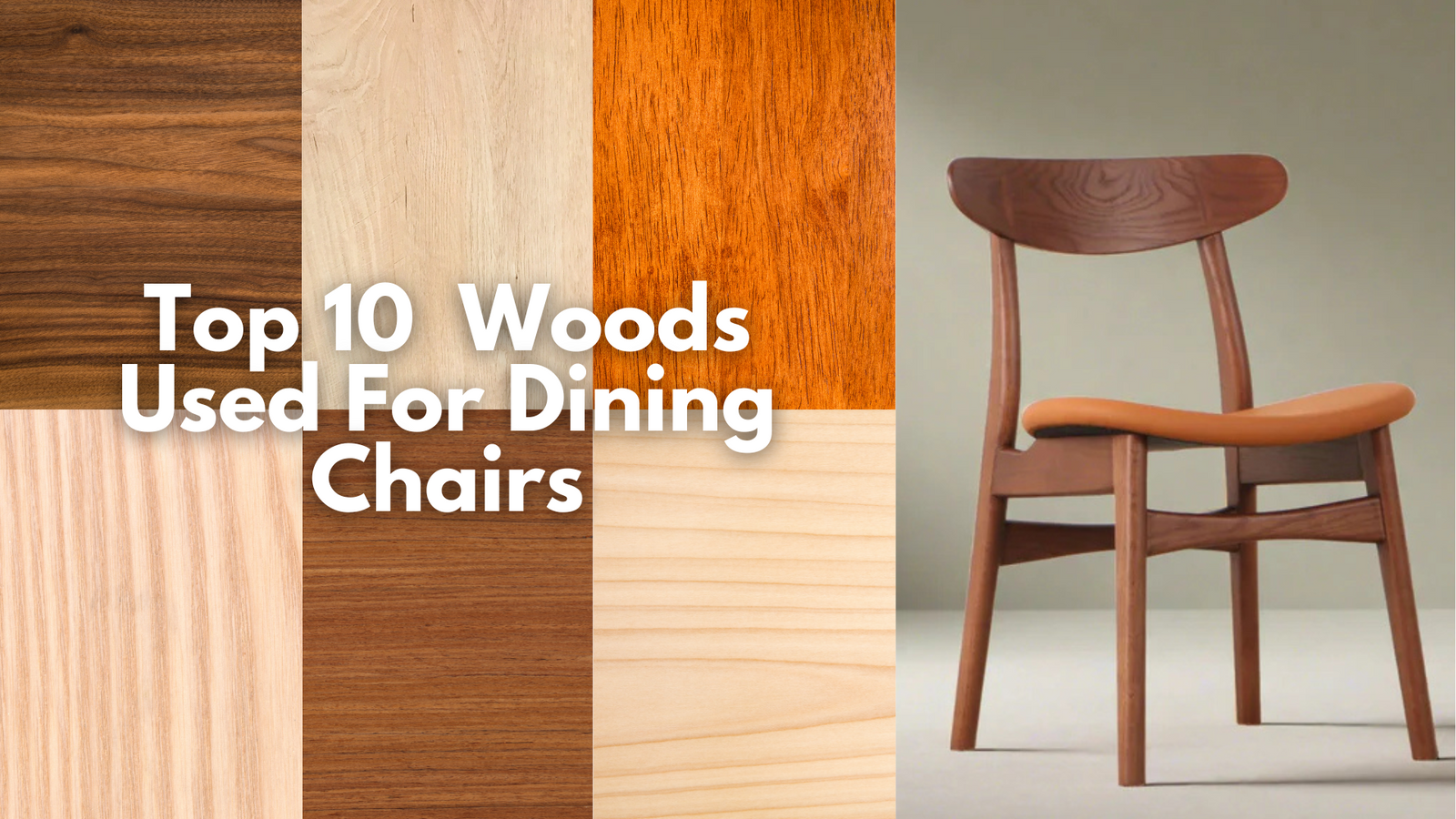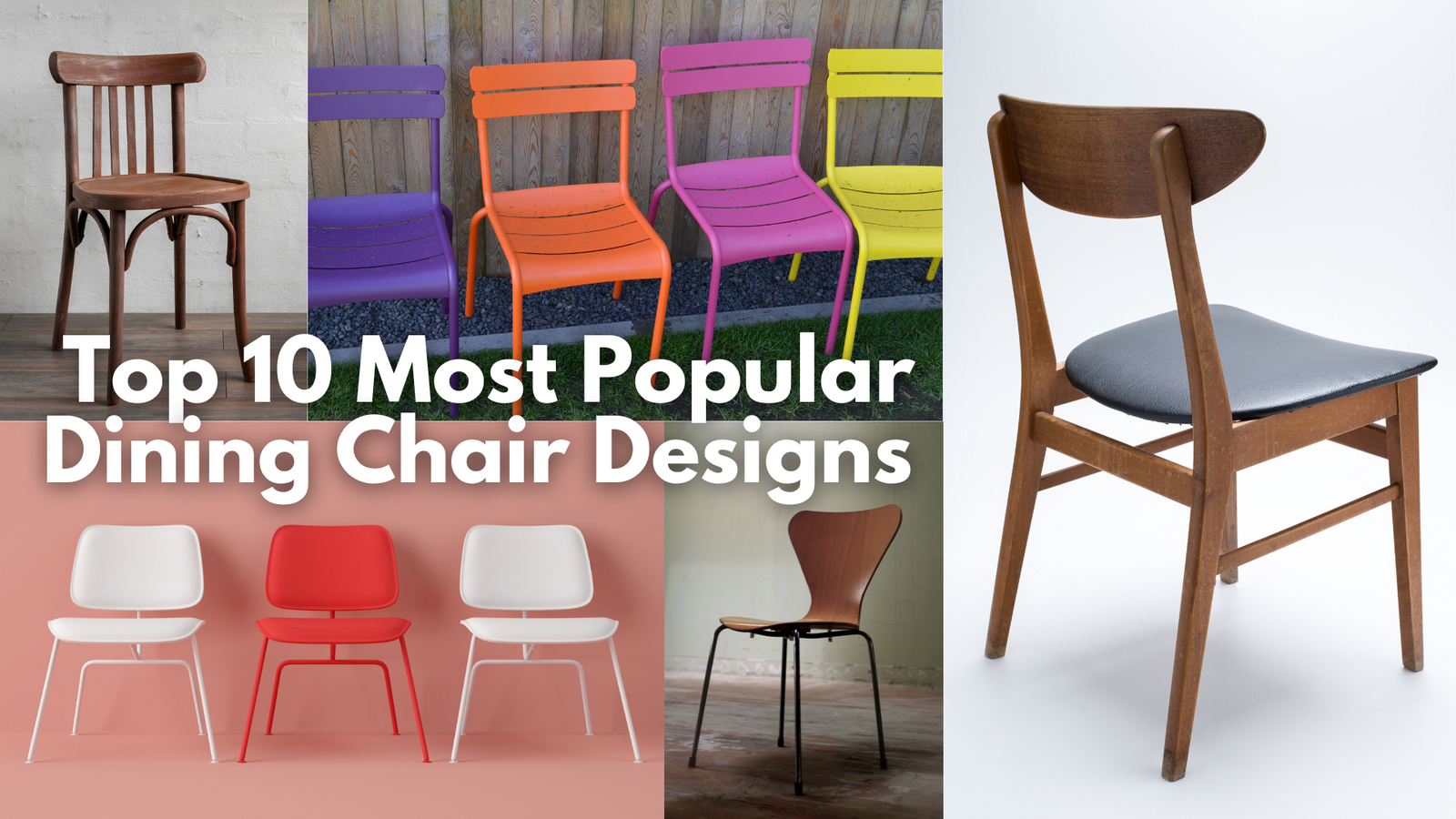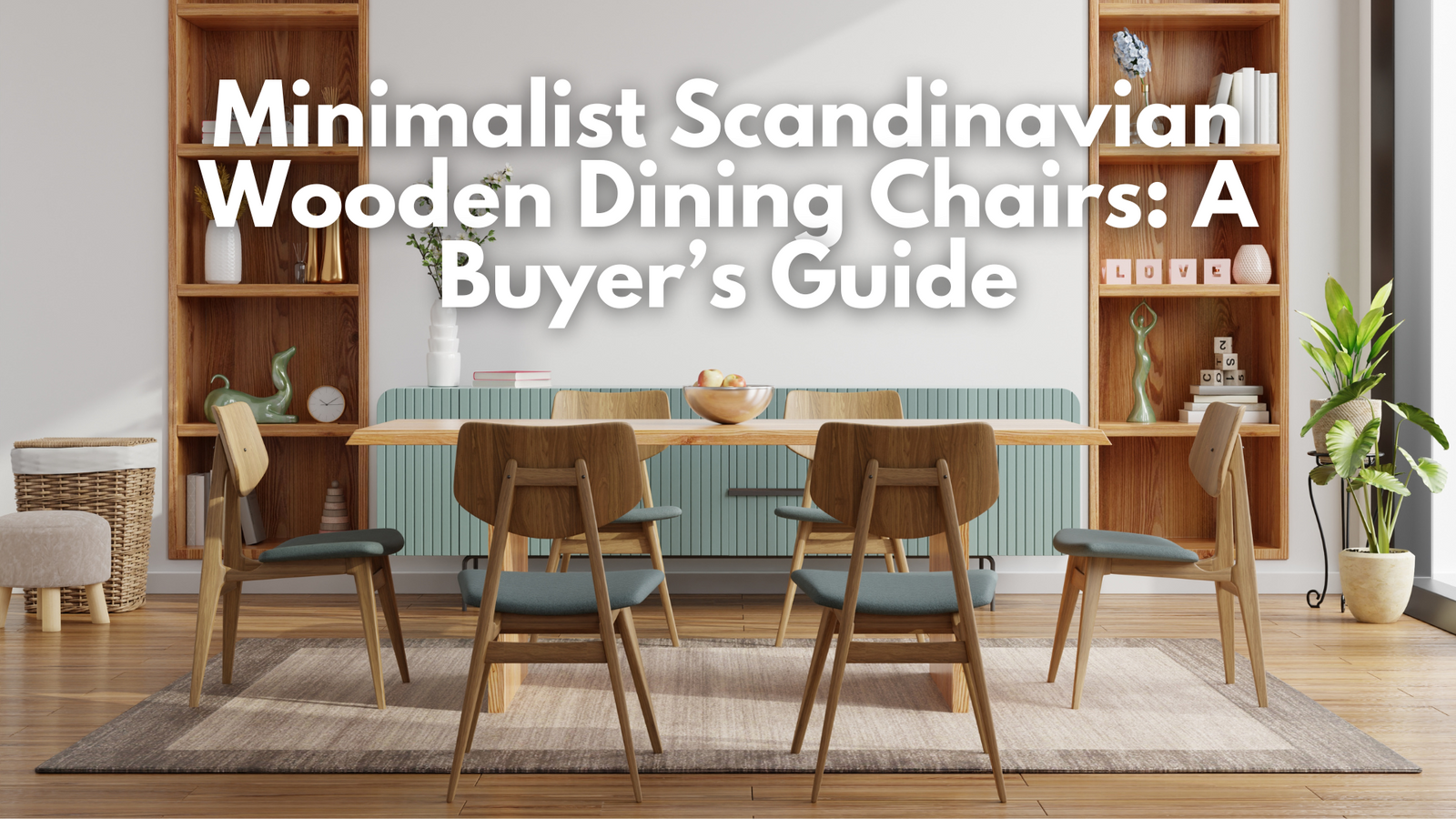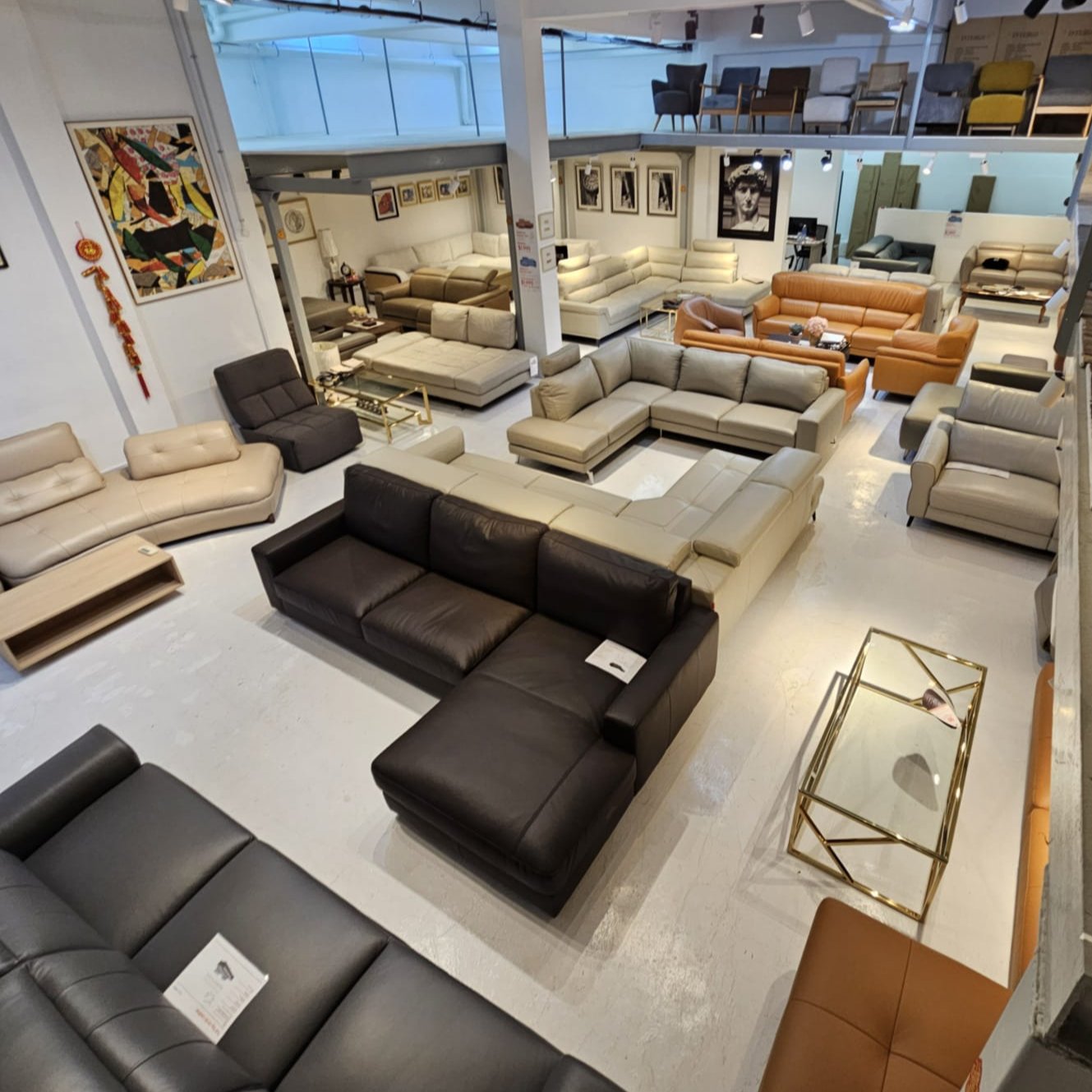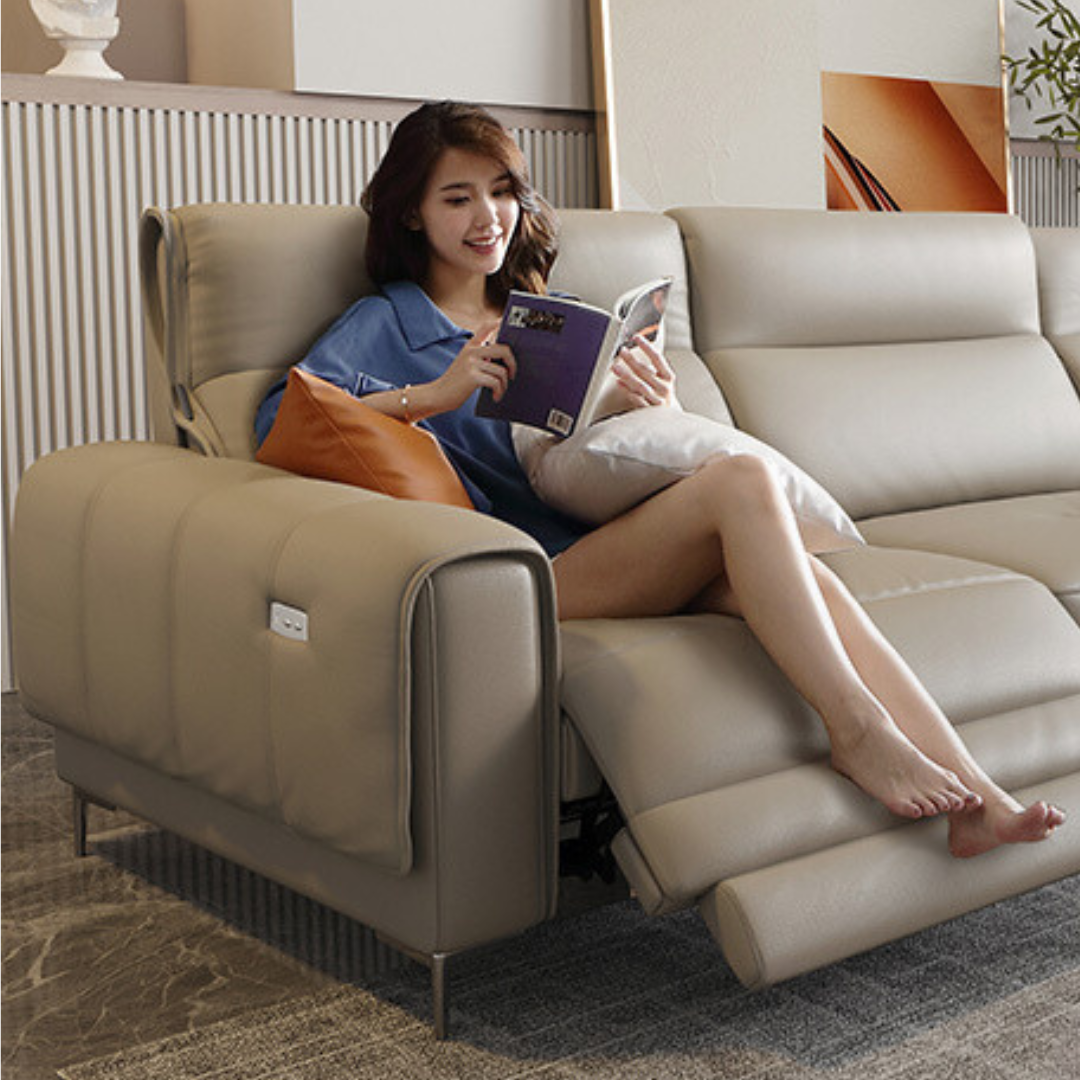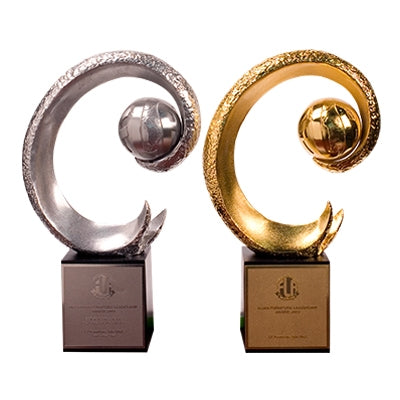The choice for the type of wood in dining chair manufacturing is essential to ensure durability, aesthetics, and functionality. Different types of wood are preferred across regions based on availability, cost, and specific qualities. Below is an expanded discussion of the most popular woods in Singapore for dining chairs, including insights into their suitability for indoor and outdoor use, and their challenges in manufacturing.
#1. Rubberwood or Hevea - The Most Popular Type Of Wood For Dining Chairs
Rubberwood, or Hevea, is the most popular type of wood for dining chairs in South East Asia. It comes from retired rubber trees after their latex production cycle ends, making it a sustainable option. The wood has a light tone, making it suitable for staining and finishing in various colors. While it offers moderate durability, it is susceptible to moisture, requiring proper treatment. Rubberwood’s affordability and eco-friendliness have made it the go-to option for furniture makers in the region.

Hancock Solid Wood 1.5m Dining Set
#2. Acacia
Acacia is valued for its strength and distinctive grain, but it has limited popularity in Singapore due to its perceived lower quality and unrefined finish. While the wood is durable, its uneven surface and coarser texture reduce its appeal for high-end dining chairs. Acacia remains favored in other markets, especially for rustic-style furniture, as it provides an affordable alternative to more premium woods.
#3. Outdoor Woods: Meranti, Teak, Changai, and Bakau
Outdoor dining chairs require wood that can withstand exposure to elements, and options such as Meranti, Teak, Changai, and Bakau are commonly used. Meranti, being the cheapest, must undergo proper treatment to ensure longevity outdoors. Changai and Bakau, although more expensive, offer greater durability. Teak, known for its weather resistance, is now harder to source. Plantation teak tends to split, while high-quality wild teak is reserved for luxury boat decking, further limiting its availability for furniture production.
Outdoor Furniture Twenty Series WA2073 Teak Top Coffee/Side Table
#4. Mixed Tropical Wood
Mixed tropical wood consists of a blend of various timber species, often used in lower-cost furniture production. These woods are typically stained dark to mask the natural variation between different batches. While this reduces consistency issues, it also limits the wood’s natural aesthetic. Mixed tropical wood offers affordability but compromises on uniformity and visual appeal, making it less suitable for premium dining chairs.
#5. LVL (Laminated Veneer Lumber)
LVL is primarily used for bed slats and sofa bases due to its consistency in strength and performance. However, it is rarely used in dining chair frames for mass production, as it lacks the rigidity required for optimal seating comfort. Most LVL is manufactured in Shandong, China, and imported into Malaysia for further processing. It is also known for creating the “molded plywood look” characteristic of mid-century furniture designs.
#6. Oak
Oak is one of the most sought-after woods for dining chairs due to its strength, hardness, and timeless appeal. Its durability has made it a staple in furniture history, with oak chairs lasting generations. Oak’s versatility allows it to complement both traditional and modern designs, and it can be stained or finished to suit different aesthetics. The wood’s natural grain patterns enhance its visual appeal, making it a popular type of wood among dining chair makers.
Custom Solid Oak Wood Dining Chair - Aura Chair (CH3820)
#7. Walnut
Walnut is an expensive type of wood for dining chairs in South East Asia but is more affordable in the US. It is often used for high-end European modern furniture, appreciated for its beautiful grain and rich color. Walnut veneer is commonly paired with solid walnut components, but the natural color variations require staining to achieve a uniform appearance. Its elegance and premium feel make walnut a favorite for luxury dining chairs, although its cost limits its accessibility.
Custom Solid Wood Dining Chair - Serene Arm Chair (CH2108) Available in both Walnut & Oak
#8. Ash
Ash wood is known for its dramatic grain patterns, which may appeal to some but are less popular than the more uniform patterns of oak and walnut. Its veneer is often used for dining chair backs and table tops, offering a lightweight yet durable solution. While it is less favored for premium furniture, its versatility and natural beauty make it a suitable option for mid-range dining sets.
#9. Maple
Maple is a hard and dense wood, making it challenging to work with. Its pinkish-yellow hue is not particularly popular in South East Asia, where darker woods are preferred. Due to its high manufacturing costs and limited production, maple furniture is relatively expensive. However, its durability and smooth finish make it ideal for crafting long-lasting dining chairs in niche markets that value its unique appearance.

#10. Teak
Chairs made from plantation teak are less popular due to the wood's tendency to split and snap. Additionally, plantation teak often has visible "eyes," which can detract from the chair’s aesthetic appeal. High-quality wild teak, known for its superior strength and grain, is difficult to source due to supply constraints from conflict-prone regions like Myanmar. Wild teak furniture, however, is valued for its durability and may even appreciate over time, making it a worthy investment for collectors.

#11. Indonesian Mahogany
Indonesian mahogany was once highly popular, but overharvesting has led to shortages, reducing its use in modern furniture production. While it offers a beautiful reddish-brown hue and fine grain, mahogany's limited availability makes it less viable for mass-produced dining chairs. It is still used selectively for high-end furniture, especially in Indonesia and nearby regions.
#12. Unique Wood Types Are Seldom Used For Making Dining Chairs
Unique woods like African blackwood are rarely used for dining chairs due to their high cost and specialized applications. These woods are more commonly employed in making tables, occasional pieces, and cabinets, where durability is less critical. Chairs endure frequent use and wear, making such unique woods impractical for everyday furniture. While they offer unique aesthetics, their limited availability and high cost restrict their use to statement furniture pieces.
#14. Bent Plywood
Bent plywood is a popular material in modern classic chair designs, offering a sleek, minimalist aesthetic and ergonomic comfort. The technique involves molding thin layers of wood veneer into curved forms using heat and pressure. This process creates lightweight yet sturdy components, perfect for dining chair backrests and seats. Bent plywood became iconic in mid-century furniture, with designers such as Charles and Ray Eames showcasing its potential in chairs like the LCW (Lounge Chair Wood).
Custom Solid Wood Dining Chair With Bent Plywood Back- Peech Chair (CH15042)
The flexibility of bent plywood allooften used for the backrests of dining chairs, providing subtle curves that enhance lumbar support. Additionally, it is a cost-effective solution since it uses lessws for innovative designs that are not achievable with solid wood. It is material while still delivering strength and durability. The smooth finish of bent plywood also makes it suitable for staining and varnishing, offering a refined look that complements both modern and contemporary interiors.
Bent plywood continues to be favored in modern furniture production for its combination of style, comfort, and efficiency. However, its manufacturing process requires precision and expertise, making it more common in high-quality furniture brands and designs that emphasize craftsmanship and innovative aesthetics.
Conclusion
The type of wood used for dining chairs varies based on availability, cost, and design preferences. In South East Asia, rubberwood and acacia dominate due to their affordability, while more luxurious woods like walnut and oak are reserved for premium markets. Outdoor chairs require robust woods such as teak and bakau to withstand environmental conditions. Ultimately, the type of wood impacts not only the appearance but also the longevity and value of dining chairs, with each material offering unique benefits and challenges.
Recommended Links
Top Dining Chair Questions
- Top 10 Best Dining Chairs To Buy For Singapore
- 10 Reasons Why Oak Is The Best Wood for Dining Chairs
- 10 Reasons Why Picket&Rail Solid Wood Designer Dining Chairs Are So High Quality
- What Are the Typical Dimensions of a Standard Dining Chair?
- What Are Some Space-Saving Dining Seating Options?
- Can I Mix and Match Dining Chairs with Different Styles?
- What Are Hans Wegner's Most Famous Dining Chair Designs?
- What Are the Advantages of Using Armchairs for Dining?
- What Are Bauhaus Design Dining Chairs?
- What Are Modern Classic Design Dining Chairs?
- What Are Some Popular Materials Used for Dining Chairs?
- What Are the Different Types of Dining Chairs Available?
Follow our facebook page for the latest deals.

